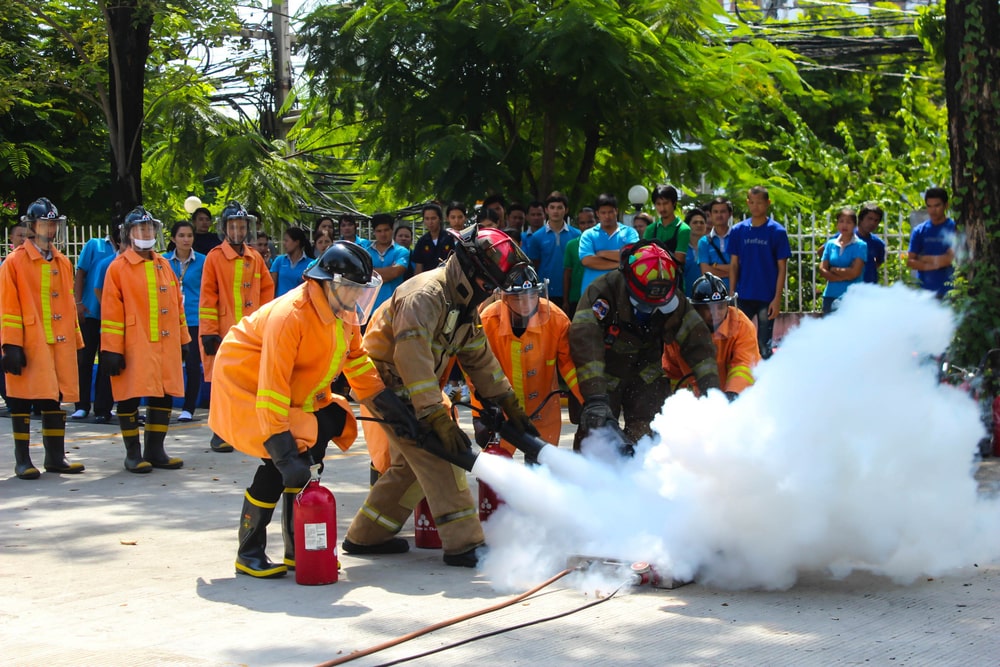
Customized Programs Addressing Unique Organizational Risks and Challenges
Tailored Risk Assessments: Programs begin with a thorough risk assessment to identify the specific fire and safety hazards unique to the organization. This assessment takes into account the physical layout, types of operations, and historical incident data.
Industry-Specific Solutions: Training programs are designed to address the specific risks associated with different industries, such as manufacturing, healthcare, IT, or hospitality. This ensures that the training is relevant and effective.
Organizational Culture Integration: The training is tailored to fit the organization's culture and operational practices, making it more likely to be embraced and implemented effectively by employees.
Continuous Improvement: Customized programs are dynamic and evolve based on feedback, incident reports, and changes in industry standards, ensuring ongoing relevance and effectiveness.
Blend of Classroom Instruction, Hands-On Exercises, and Scenario-Based Simulations
Classroom Instruction: This foundational component covers theoretical knowledge, including fire science, types of fire extinguishers, fire prevention strategies, and emergency response protocols. It provides the necessary background to understand fire safety principles.
Hands-On Exercises: Practical exercises allow participants to apply what they've learned in a controlled environment. This includes using fire extinguishers, conducting fire drills, and practicing evacuation procedures.
Scenario-Based Simulations: Realistic simulations mimic potential fire emergencies, allowing participants to practice responding to various scenarios. These simulations enhance problem-solving skills and build confidence in handling actual emergencies.
Interactive Learning: A combination of lectures, videos, group discussions, and interactive activities ensures diverse learning styles are catered to and keeps participants engaged.
Certified Trainers Covering Fire Prevention, Hazard Recognition, Emergency Response Protocols, and Compliance
Expert Instructors: Certified trainers have extensive experience and credentials in fire safety, emergency management, and occupational health and safety. They bring a wealth of knowledge and real-world experience to the training.
Comprehensive Curriculum: The curriculum covers critical areas such as fire prevention techniques, identifying potential fire hazards, emergency response protocols, and compliance with relevant safety regulations and standards.
Regulatory Knowledge: Trainers stay updated on the latest fire safety regulations and standards, ensuring that the training programs comply with current laws and best practices.
Engagement and Support: Trainers use effective teaching strategies to engage participants, answer questions, and provide support throughout the training process.
Specialized Training Modules Available for High-Risk Industries or Unique Operational Environments
High-Risk Industries: Specialized modules are available for industries with elevated fire risks, such as oil and gas, chemical manufacturing, aviation, and mining. These modules address the specific hazards and safety requirements of these sectors.
Unique Operational Environments: Training can be customized for environments with unique challenges, such as high-rise buildings, underground facilities, or remote locations. This ensures that the training is relevant and applicable to the specific conditions.
Advanced Topics: Modules may include advanced topics such as fire investigation, hazardous materials handling, and advanced firefighting techniques for industrial settings.
Customized Scenarios: Scenarios in these modules are designed to reflect the unique operational hazards and challenges, providing realistic and practical training experiences.
